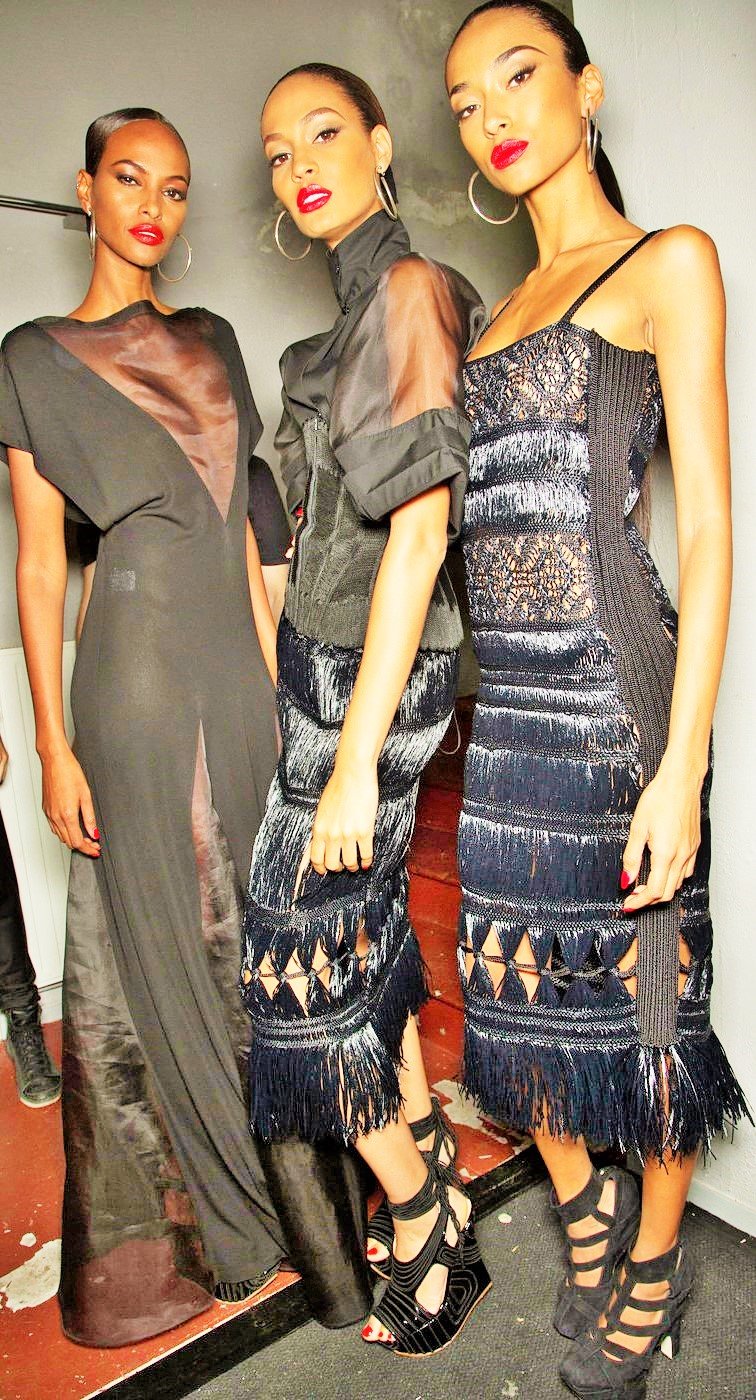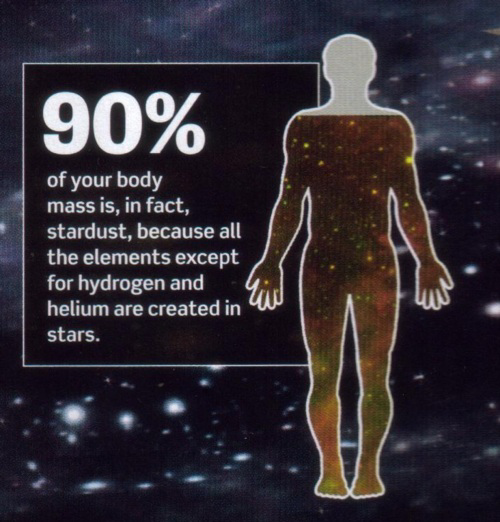These rare individuals, mostly women, have a genetic mutation granting them an extra, fourth cone cell. As a rough approximation based on the number of these extra cones, tetrachromats might see 100 million colors.
Since women have two X chromosomes, they could potentially carry two different versions of the gene, each encoding for a cone that is sensitive to slightly different parts of the spectrum. In addition to the other two, unaffected cones, they would therefore have four in total – making them a “tetrachromat”. The crux of Jordan’s argument lay in the fact that the gene for our red and green cone types lies on the X chromosome.

Tetrachromat women see shades that other think are monotone (John Nakamura Remy/Flickr/CC BY-SA 2.0)
But what do those colours actually look like? Unfortunately, Jordan’s much-prized subject has not been available for media interviews. But once the abilities of the woman “with super-human vision” became known, many more potential tetrachromats have come forward who might be able to give us an insight.
Men are thought to be incapable of seeing this hidden world of colour (Magdalena Roeselerby/Flickr/CC BY 2.0)
One of those was Maureen Seaberg, a journalist and author in New York who took the genetics test after hearing Radiolab’s podcast on the subject. “I have always had polite disagreements with people about shades of colours,” she says. When clothes shopping for instance, she often finds that apparently matching tops and skirts seem to be a different shade to her, clashing horribly – even though no one else seems to notice it. Her sensitivity can sometimes be baffling to those around: when helping to restore a house, she once rejected 32 paint samples before settling on the right shade. “The beiges were too yellow and not blue enough, not cool enough; some of the almonds were too orangey,” she says – distinctions that were much to the confusion of her building contractor. Of course, that is only anecdotal evidence, but it perhaps tells us a little about the way that apparently identical shades could appear strikingly different to a tetrachromat.

Antico has a similar story. She says she has always known that her eyes saw the world differently to other people – a talent that was soon noticed by her family. It was when looking at one of her paintings one day that a customer suggested that Antico contact some researchers who work on tetrachromacy. The genetics test came back positive, and she began collaborating on a series of experiments with Jameson and her colleagues, including Alissa Winkler at the University of Nevada, Reno.
Jameson immediately suspected the Antico’s genes might also give her enhanced vision in dim lighting. “If you look at her pictures of dawn, she paints a lot of colours and renders them in very low lighting,” she says – conditions that normally reduce our vision to greyscale. That could just be creative licence, but Antico claims she is actually seeing the colours there in front of her. Sure enough, Jameson’s experiments have shown that the luminance of different colours is indeed altered for Antico, making them pop out in the half light.
Not all tetrachromats have striking abilities. Jameson has found that Antico’s perception outstrips other tetrochromats who have not trained artistically. “Concetta is the perfect storm for tetrachromacy because she has a huge amount of perceptual learning experience by working with color on a daily basis.” If that is confirmed with further research, Antico hopes that she might be able to develop a training system to help all tetrachromatic children realize their potential.

Antico’s ultimate ambitions are even greater: to help us all see the world a little differently. Anecdotally, she says that a few of her students have started to notice some of the extra shades for themselves. “It’s as if a curtain is being lifted.” Of course, without the genes, we can never achieve full tetrachromatic vision – but perhaps people like Antico can point out some differences that are just perceptible to our eyes, with training.
This is a particularly poignant issue for Antico. Thanks to the random draw of the genetic lottery, the particular gene variant that gave rise to her amazing vision has meant that her own daughter is colour blind. Perhaps one day, further research could suggest new ways to help everyone – including her daughter – to make the most of their colour vision, however limited. “What if we tetrachromats can show the way to colour for people who are less fortunate than us?” she says. “I want everyone to realise how beautiful the world is.”

Source:
http://www.bbc.com/future/story/20140905-the-women-with-super-human-vision








































































 Take care of your body, it's the only
Take care of your body, it's the only








































